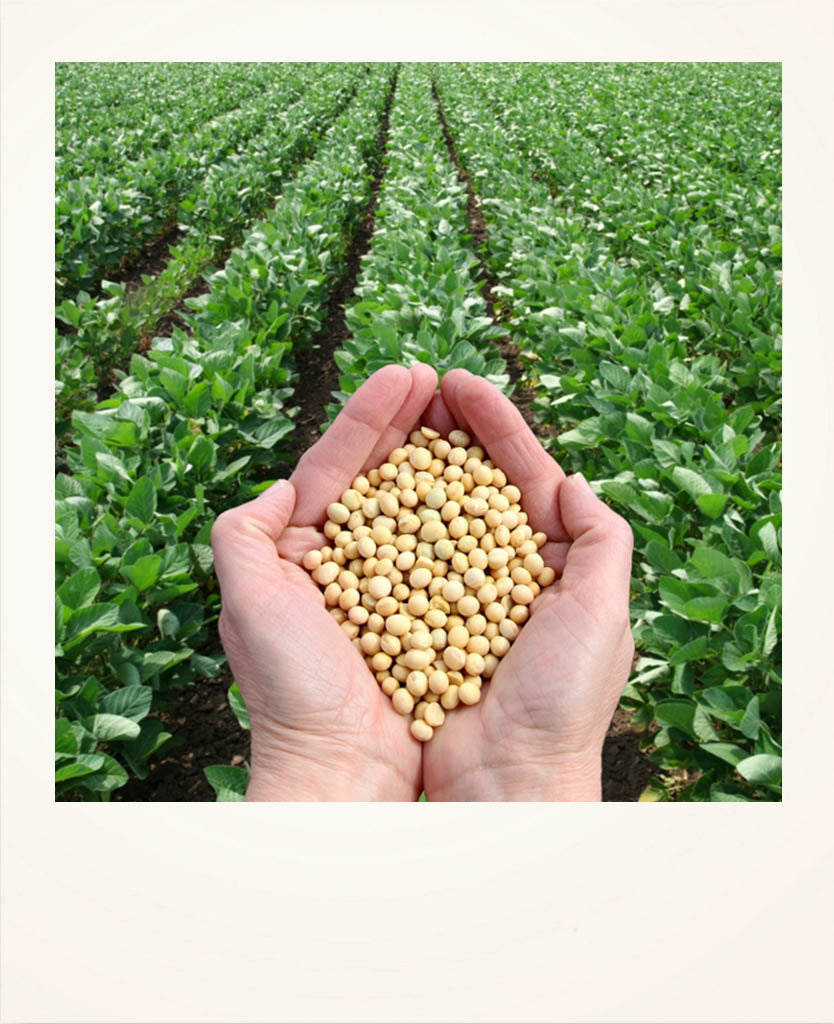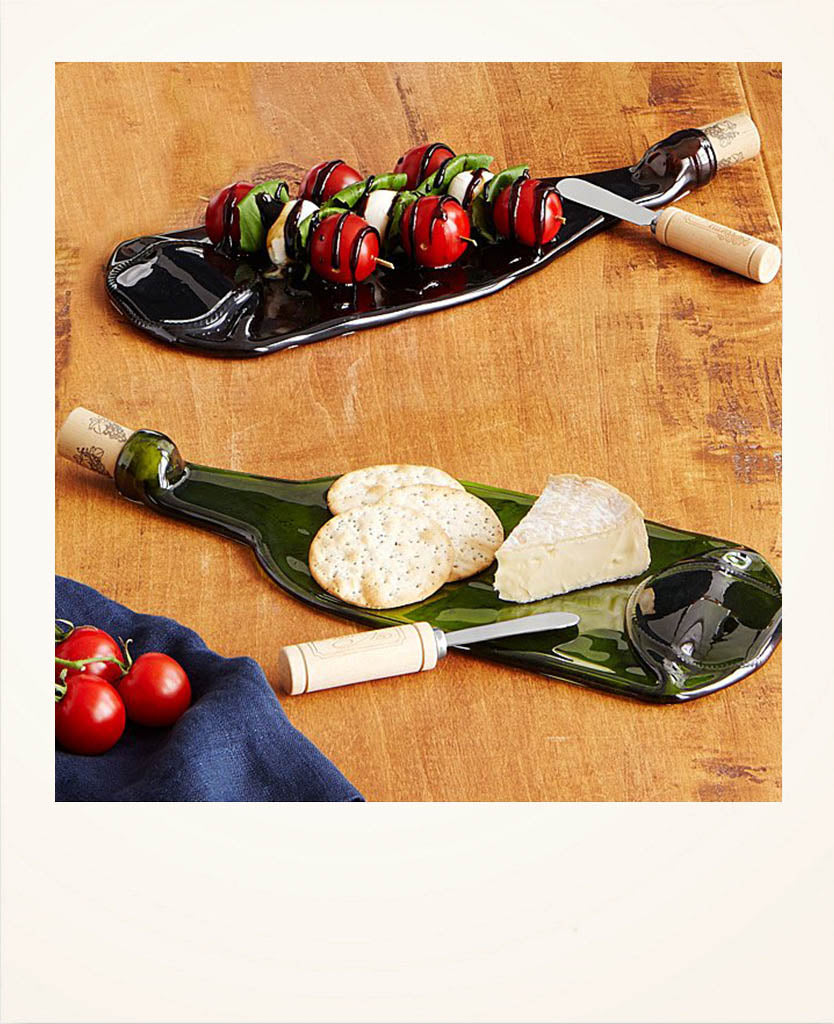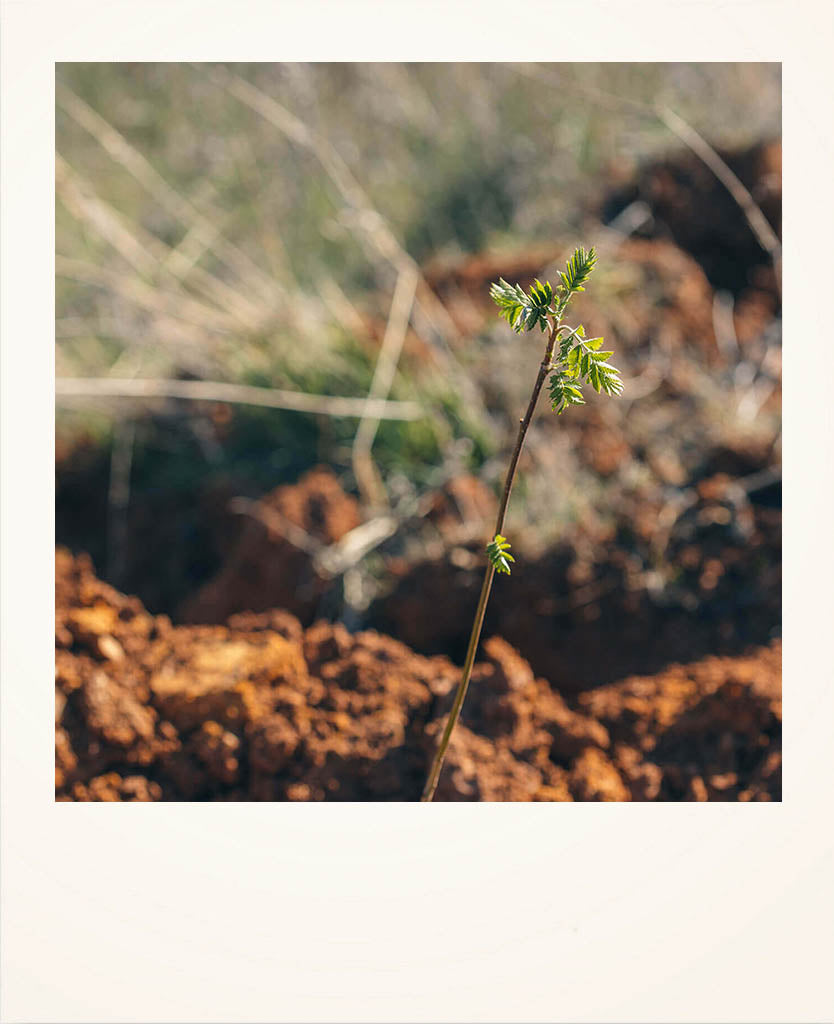A few weeks ago, we talked about the environmental damage palm oil is causing. We emphasized the available alternatives, and today, to celebrate Sustainable Gastronomy Day , we want to do the same with a world-renowned and widely marketed ingredient: soy . Just over two decades ago, soy was still largely unknown. It was known that it was used mainly in Asian countries, and the occasional yogi swore that it had countless health benefits. Today, soy is king in supermarkets : you can find entire shelves dedicated to it, and also come across it camouflaged among those mile-long ingredient lists under the name "soy lecithin." But why do we want to talk about it on a day like today? Why all the confusion? Let's go back to its origins.
The soybean boom
Between 1995 and 1997, soybean production experienced explosive growth , jumping 300% in Argentina, Brazil, and Paraguay, which represent 96.6% of total production in Latin America and the world. But the soybean boom didn't come out of nowhere. Before exploding, soybeans had already experienced their ups and downs. Shortly after taking their first steps as a mass-marketed product in the 1950s and 1960s, the industry was derailed by accusations of side effects in the 1970s and 1980s. Soybeans went from being a star product to being feared, all due to the sudden spread of messages claiming that soy contributed to a weakened immune system, a higher risk of infectious diseases, and, above all, cancer.
To get out of the crisis, the soybean industry decided to take the fall. It latched on to the "saturated fats are bad" narrative and launched a multimillion-dollar campaign to support these arguments in order to displace the competition. As a result, people stopped buying products with saturated fats for fear of developing cardiovascular disease, restaurants stopped stocking products containing them and opted for the use of vegetable oils , which were supposedly much better. In the 1980s, the information that ordinary citizens could obtain on their own was much more limited, so selling hydrogenated soybean oil and passing it off as regular vegetable oil turned out to be a piece of cake for the soybean industry. After all, everyone knew it was much better than any saturated fat. What people didn't know is the problem with hydrogenated soybean oil: it contains acids called trans fatty acids that are more harmful than any other fat on the market ( Small Footprint Family ).
Fortunately, as more and more information became available about the reality of things, tropical oils returned to the market, and today they are once again considered "good fats."
More theories
Still, according to the Small Footprint Family article, the soy industry is pursuing its strategy to stay afloat and continue protecting itself, and it's doing so through two main avenues: one focuses on diversifying the market through soy-based products (milk, margarine, nutritional bars, protein powders, vegetarian "meat," livestock feed, biofuel, etc.), while the other aims to do the same again, i.e., demonize the competition. But if you're interested in the topic, we advise you to educate yourself and form your own opinion on the matter —there are many and varied opinions!
Unparalleled growth
The truth is that since its initial boom, soybeans have not stopped growing, and although it is estimated that we will experience a slowdown during the next decade, for now they continue to grow and grow. To give you an idea: in 1996, global soybean production was 130 million tons; in 2012, it increased to 270 million, and it is estimated that by 2050, production could reach 515 million ( Gatronomía & Cia ). This is all because the European continent depends heavily on soybean imports, both to feed livestock and as a raw material for the production of products (usually vegetarian).
And how is it possible to grow so much soybeans?
Freeing up space by force through deforestation of the Amazon rainforest (mainly in Brazil, but also in Argentina and Paraguay), destroying wildlife habitats (including endangered species and others we haven't yet discovered), increasing greenhouse gases, and farming with pesticides, herbicides, and synthetic fertilizers that end up polluting forests, poisoning rivers, destroying wildlife, and displacing indigenous tribes from their homes.
In recent years, there have been attempts to exert pressure to conserve the so-called "lungs of the planet," but as this pressure has eased, soybean production has shifted to places like the Brazilian Cerrado , a vast tropical savanna ecoregion in Brazil covering nearly two million square kilometers and home to 5% of the world's biodiversity . It seems that no matter what kind of pressure is applied, Brazil continues to increase its soybean production and consolidate its position as the world's leading supplier year after year.
What is its relationship with European consumption?
The problem with this mass production of soy is that there is no legal requirement for companies to document the geographical origin of their soybeans , or failing that, to provide evidence that they have been produced legally, without causing environmental or human harm, as is the case with palm oil. Most European companies show intentional ignorance about purchasing soybeans from Argentina and Paraguay (countries where deforestation is also a serious problem).
Soy yes, but in small quantities
Yes, soy is consumed in Asia, but not as much as we think. In fact, in China, Indonesia, Korea, Japan, and Taiwan, the average daily intake of soy ranges from 9.3 grams to 36 grams, which is equivalent to a few pieces of tofu. How many people do you know who boast about consuming soy milk, soy veggie burgers, and soy energy bars all in one day? Yes, very #healthy, but the reality is we don't know as much as we think we do.
There are numerous articles that discuss the benefits of soy, myths that have been created around it and their negative side effects. The consensus seems to be that soy isn't as bad as it seemed, but it's not the superfood we've been led to believe. What we do know is that, environmentally speaking, it would be better if we avoided consuming so much soy.
But what about the soy you can't see? The kind hidden in vegetable oils or sold under the name soy lecithin? Let's start by defining what soy lecithin is and whether it's as bad as it seems.
Soy lecithin
Lecithin is neither a food nor a product in itself. As it is presented to us, it should rather be considered a dietary derivative . "Food additives are not only used to ensure food preservation, but also to achieve improvements in the production process, modify its organoleptic characteristics (those appreciated through the senses), and create mixtures (of fat in water, etc.) to create new products that could not be obtained naturally" ( Hola.com ). Lecithin is a phospholipid , so its nutrients include fats that are beneficial for health and help us fight bad cholesterol, as it improves our blood lipid profile, in addition to contributing to the reduction of triglycerides. It also provides vitamins B, E, and phosphorus. As a natural emulsifier, it provides flavor and texture, and is also used in creative cooking to create flavored foams.
So it's not bad?
The term lecithin refers to a mixture of phospholipids (a component of the cell membrane present in all plants and animals) and oil . To make soy lecithin, the oil from the soybean seed is extracted from the seed with a chemical solvent (usually hexane) . The crude soybean oil then undergoes a degumming process in which water is mixed with the soybean oil until the lecithin hydrates and separates from the oil. The lecithin is then dried and stained with hydrogen peroxide, if necessary.
Before the degumming process, crude oil undergoes several steps to get rid of the hexane . And this is where it starts to get more problematic . It turns out that the FDA (the U.S. Food and Drug Administration) does not regulate the amount of hexane residue left in foods that go through this process . The maximum concentration required for pharmaceutical products is 290 ppm, while the concentration found in soybean oil is between 500 and 1,000 ppm . Given this data, it's likely that the residue in soy lecithin is similar.
That said, it's very important to put all this information into perspective. "We are constantly exposed to hundreds of toxins in the air, water, household cleaning products, food... The contaminants in soy lecithin contribute very little to that overall toxic load. Unless you have a truly high sensitivity to hexane or pesticides, consuming it occasionally won't have much of an impact on your health ." ( ChrisKresser.com )
The alternatives
Broad beans
Having said all this, it's important to remember that "soy, despite being considered a good alternative to animal proteins, exerts great pressure on the environment ," and that's why it's important to incorporate the alternatives offered into our daily lives. And one of those alternatives is traditional beans.
“The environmental impact of current soybean cultivation prompted us to look for a processing method for fava beans that would allow us to produce concentrated protein powder, as was already being done with the former,” explains Lykke Petersen , co-author of the study, Comparison of Faba Bean Protein Ingredients Produced Using Dry Fractionation and Isoelectric Precipitation: Techno-Functional, Nutritional and Environmental Performance , published in the journal Foods. “ One of the advantages of fava beans is that they can be grown here in Denmark , which is very good news given our local climate.”
Unlike soybeans, which are grown primarily in the United States and South America and must be imported, broad beans are thus much more sustainable and can also adapt to the colder climates of Europe.
Responsible soy
Another alternative is Responsible Soy (or RTRS), which according to the WWF, aims to "promote responsible soy production through collaboration and open dialogue with the sectors involved so that it is economically viable, socially beneficial and environmentally appropriate." RTRS has developed a certification standard that includes requirements for Protect areas of high conservation value, promote best management practices, ensure fair working conditions, and respect land tenure claims. ( WWF ).
Today we celebrate Sustainable Gastronomy Day , and on a day like today, we must remember the importance of educating ourselves about the impact of the products we consume. Sustainable gastronomy is synonymous with a cuisine that considers the origin of ingredients , how they are grown, how they reach our markets , and ultimately, our plates. It is a day that celebrates seasonal ingredients and products and contributes to the preservation of wildlife and our culinary traditions ( UN ).
So today we encourage you to educate yourself, eat mindfully, and keep learning, so that together we can all contribute to making a difference.



